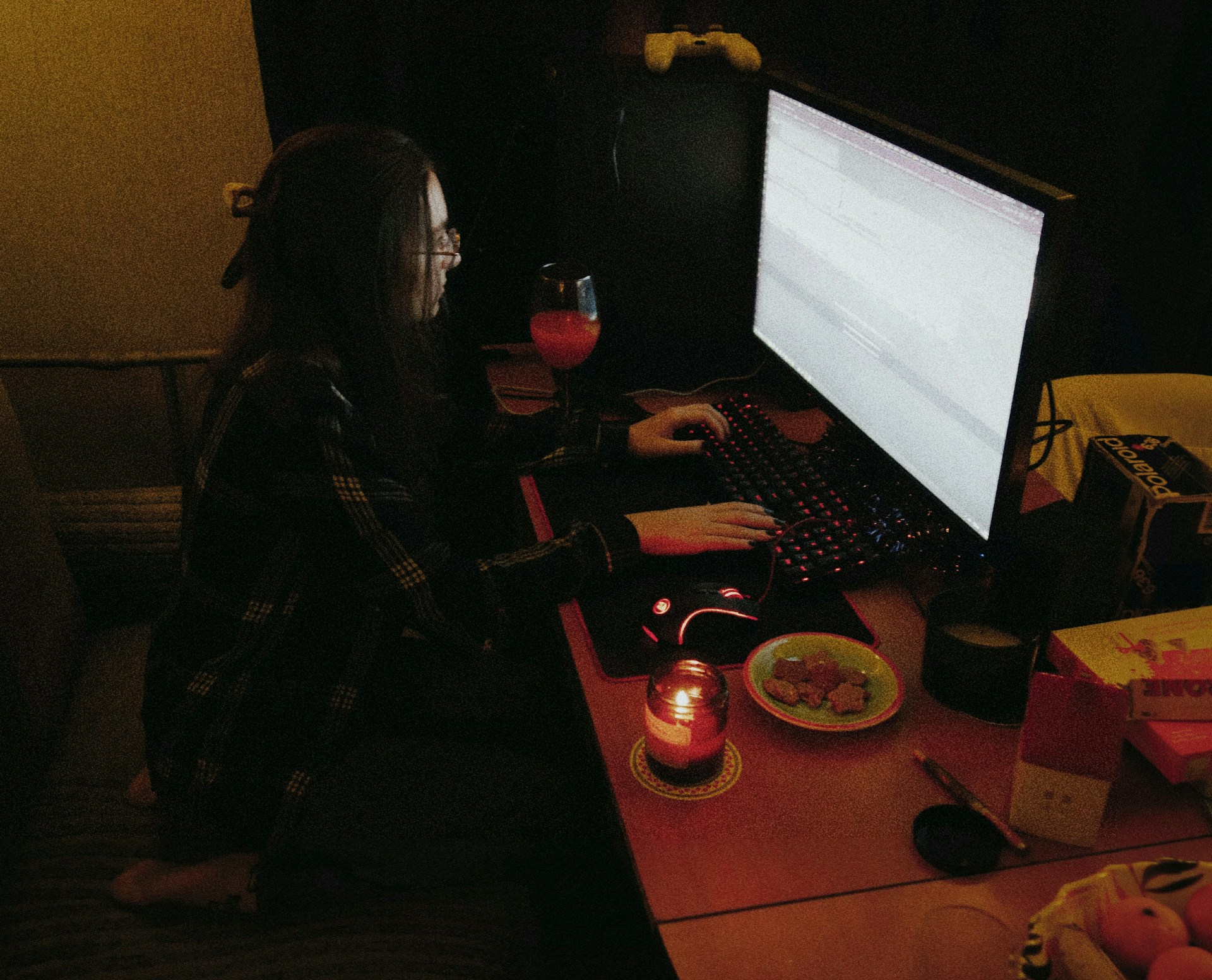Introduction
The 9–5 job once symbolized stability. Today, it feels incomplete. Across generations, workers are turning to side hustles—not just for cash, but for creativity, freedom, and resilience.
The “side hustle economy” is more than a trend. It’s a new work culture redefining how we earn, spend, and dream.

Why Side Hustles Are Exploding
-
Economic pressure: Inflation and wage stagnation drive people to seek extra income.
-
Passion projects: From photography to podcasting, hustles are outlets for creativity.
-
Independence: Diversified income = less reliance on a single employer.
-
Technology: Platforms like Etsy, Upwork, and TikTok make global reach possible.
Global Perspectives
-
United States: Gig apps (Uber, DoorDash) normalize second jobs.
-
Africa: Mobile banking + micro-businesses drive entrepreneurship.
-
Asia: Digital freelancing surges on platforms like Fiverr and Upwork.
Work has become borderless. Hustles travel faster than passports.
Challenges in the Hustle Culture
-
Burnout: Balancing two jobs stretches time and health.
-
Unstable income: Gig work is often inconsistent.
-
Legal + tax blind spots: Many underestimate reporting requirements.
-
Identity blur: When passion projects become “work,” joy can fade.

How to Thrive Without Burning Out
-
Choose scalable hustles: Digital products or online services over time-for-money trades.
-
Time-block: Schedule hustle hours to protect rest and family.
-
Reinvest earnings: Grow small streams into sustainable assets.
-
Know when to quit: Not every hustle deserves to scale.
Quick Checklist
□ Identify one skill you can monetize
□ Block 5–10 hours weekly for hustle work
□ Track side income for taxes
□ Reinvest a portion into growth or savings
Bottom Line
Side hustles aren’t just about money. They’re about identity and independence. When done wisely, they provide creativity, resilience, and the possibility of rewriting work on your own terms.

